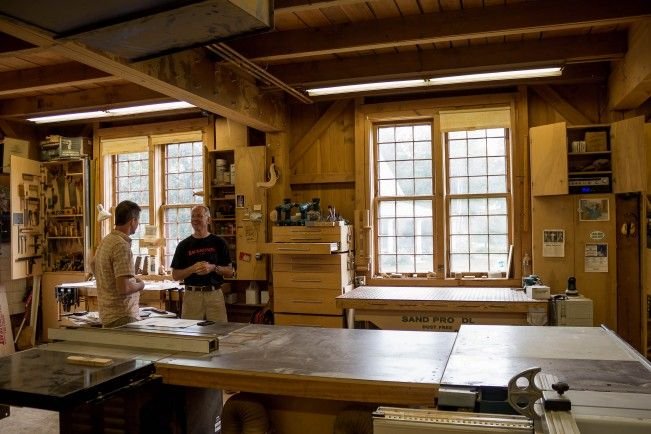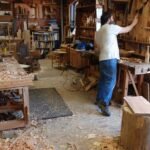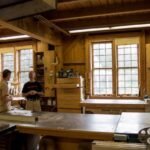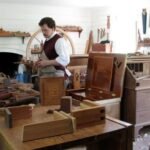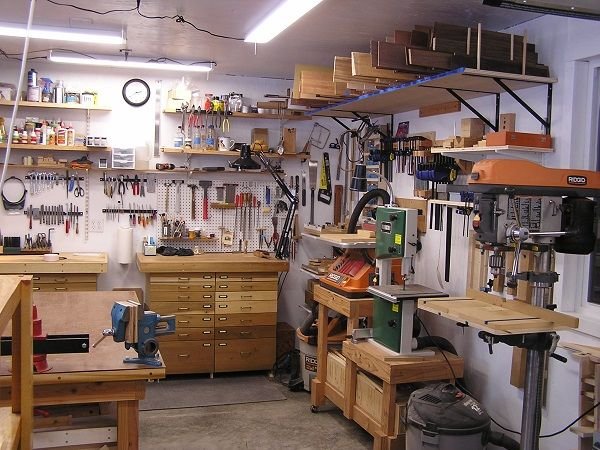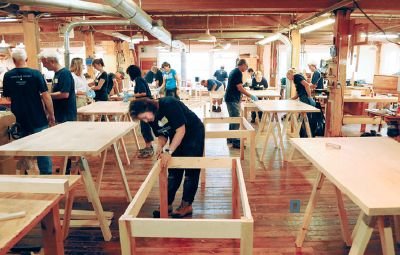A Cup of Coffee and a Love for Victorian Woodworks
So there I was, sitting in my little workshop on a Sunday afternoon, sipping what might as well have been liquid gold—my go-to coffee blend from that roastery down the street. A few years ago, I got this wild idea that I wanted to try my hand at Victorian woodworks. You know, all that intricate stuff you see in posts and magazines? Intricate designs, elaborate carvings, and all of it in that rich, warm wood.
The First Attempt
I remember my first project, a simple mantelpiece inspired by Victorian architecture. I thought, how hard could it be? I had my trusty old miter saw, a router that I was still figuring out, and a collection of scrap oak that I’d picked up from a local lumber yard. Smelled amazing, by the way—rich and nutty, like fall leaves but also a little like a campfire.
But oh boy, was I in way over my head. I had sketched out this grand design, all swirls and curves, thinking I could get fancy right out of the gate. I mean, isn’t that how these things go? I still remember flipping over the wood, the sawdust wafting up into my nostrils, and that first cut—it didn’t feel quite right. The blade snagged, and for just a moment, my stomach sank. I think I even held my breath, thinking I’d ruined the whole thing before I’d really even started.
The Learning Curve
I, stupidly, thought, “Ah, it’ll be fine,” so I kept going. By the time I got to shaping the corbels, my confidence was dwindling, and I found myself staring at my phone at 2 a.m. watching YouTube videos on how to carve like a pro. But you know how it is when you watch those experts? They make it look easy! I mean, it’s like, “Here’s a little chiseling, a dab of polish, and voilà!” Meanwhile, I’m struggling with my chisel, trying not to slice into my palm while figuring out how to angle it just right for those detailed curls.
What truly grounds you—besides the weight of wood in your hands—is the realization that every crafting moment means you’ll have those bittersweet learning curves. One of my biggest mistakes? I didn’t even test the fit of the pieces together until the very end. Picture me holding this half-constructed work of art, and then—oh, you just gotta laugh—it was like trying to fit a square peg into a round hole.
The ‘Light Bulb’ Moment
Then came the “ah-ha!” moment. One day, I was rummaging through my toolbox and stumbled across this hand plane my granddad had given me years ago. It was like rediscovering an old friend, or maybe even a secret weapon. I took it out, and as I planed down the edges of the wood, I could feel the resistance give way—such a satisfying feeling. The soothing sound of the wood shavings curling up in neat little spirals brought me back to that relaxed state. It made me realize that working with your hands is a journey, not a race.
Sure, I had my ups and downs. Like the time I mismeasured a piece, and I could’ve sworn the wood whispered, “What were you thinking?” I almost gave up altogether at one point. But isn’t that just woodworking? You throw yourself into it, wrestle it sometimes, and walk away humbled but a little wiser.
Triumph and Beauty in the Imperfections
Eventually, I completed that mantelpiece. It wasn’t perfect, but every little flaw felt like a badge of honor—like each knot in the wood or uneven edge told a story. I often think it’s those imperfections that add character. I let the grain speak for itself and respected those little “oops” moments along the way.
One evening, as I was applying the finishing coat—a dark walnut stain that smelled like heaven—my neighbor walked by and stopped to admire my work. “That’s beautiful,” she said, squinting at it as the light hit the wood just right. And for that brief moment, it felt like I had climbed a mountain. I think seeing someone appreciate something you put your heart into is one of the best validations out there.
Keep Going
So, if you’re out there thinking of diving into Victorian woodworks—or any craft for that matter—just go for it. Sure, you might make mistakes, and it may not look like what you envisioned. But there’s magic in the process, something warming about getting your hands dirty and honing your skills.
Those sounds of wood scraping, that smell of fresh-cut timber—it all becomes part of you. And in the end, doesn’t that make it worth it? Life’s too short for perfect projects and pristine finishes. It’s about the journey, the small glories, which, if you ask me, is what life should be all about.

